 A fleet of Porsche cars driven on the fastest road in India
A fleet of Porsche cars driven on the fastest road in India

German car-makers Porsche are known for their iconic esign, high-performance cars, and engineering brilliance, but, at the same time, the company has always focused on practical utility. That is why Porsche India’s first-ever media drive was not held on the world-class racing circuit in Greater Noida, but on the road next to it. The Yamuna Expressway is a 165-kilometre-long, six- lane, controlled-access highway in Uttar Pradesh, which connects Greater Noida with Agra. The road surface is largely concrete, but it has a few stretches for high-speed runs, which makes it one of the fastest roads in the country.
 The cars on offer during the two-day drive were the 911 Carrera S, the Boxster S, the Cayenne Diesel and the Panamera Diesel, which is just by way of sampling since each of these families of cars have a long list of variants.
The cars on offer during the two-day drive were the 911 Carrera S, the Boxster S, the Cayenne Diesel and the Panamera Diesel, which is just by way of sampling since each of these families of cars have a long list of variants.
 All the cars bear the Porsche family look and are veritable works of art. The cabin has a full leather upholstery and the craftsmanship and attention to detail are simply phenomenal. What makes them even better is the extent of
All the cars bear the Porsche family look and are veritable works of art. The cabin has a full leather upholstery and the craftsmanship and attention to detail are simply phenomenal. What makes them even better is the extent of
customisation options offered by Porsche. There is a standard set of body colour options, but customers can get their cars painted in whichever colour they want. There are three options in the music system and several more in seat adjustment. The type of leather, the colour of the hide and even the thread used in the stitching can be chosen according to one’s liking. Why, even the Porsche logo and the disc callipers have colour options, which can all be
configured on Porsche’s website. Another feature common among all their cars is the abundance of buttons. In a Porsche, every function has a dedicated button. It does take a while to become familiar with their location, but it is a faster way of operation than LCD screens with menus.
 THE BOXSTER S:A COMPLETE PACKAGE
THE BOXSTER S:A COMPLETE PACKAGE
The third-generation Boxster roadster was launched last year and it was the first time we drove it in India. The Boxster S variant that we drove has a 3.4-litre, flat-six petrol engine that produces 319.36 PS of power and 360 Nm of torque. Our car had the seven-speed PDK (Porsche Doppelkupplung) automatic transmission, but one can opt for the six-speed manual transmission as well. The PDK gearbox is highly responsive and provides instant feedback. However, the driver can still change the gears manually using either the rockers on the steering wheel or by shifting the gear-stick when it is in the ‘D’ manual mode. I remember driving the car at 70 km/h in the seventh gear! But drive slower than the pre-set threshold of each gear and it shifts down. On the other hand, it does not let you shift down when the engine speed is too high for the lower gear.
 The Boxster S automatic is a mid- engined, rear-wheel driven car that accelerates from 0 to 100 km/h in 4.8 seconds and has a top speed of 277 km/h (as claimed by the company), which promises a hair-raising experience, quite literally, because it is a cabriolet. It manages speeds of over 200 km/h effortlessly and you can still hear the music system, even with the roof down. Of course, it’s quite another matter that when the roof is down, the engine’s sound is all the music one wants to listen to!
The Boxster S automatic is a mid- engined, rear-wheel driven car that accelerates from 0 to 100 km/h in 4.8 seconds and has a top speed of 277 km/h (as claimed by the company), which promises a hair-raising experience, quite literally, because it is a cabriolet. It manages speeds of over 200 km/h effortlessly and you can still hear the music system, even with the roof down. Of course, it’s quite another matter that when the roof is down, the engine’s sound is all the music one wants to listen to!
The Boxster S was the least expensive car of the lot, but it is a great package and an epitome of Porsche’s belief in practicality. It has a surprisingly large luggage space under the bonnet and has some more at the back as well
(280 litres altogether). So it can be a driven to the holiday destination and can also be your daily car, with the added joy of roof-down driving.
 THE 911 CARRERA S: PURE SPORT
THE 911 CARRERA S: PURE SPORT
Porsche’s iconic sports car was also revamped last year. The Carrera S variant of the 911 is powered by a 3.8-litre flat-six petrol engine that produces a massive 405.54 PS of power and 440 Nm of torque and has a kerb weight of just about 1,500 kg, which gives it a high power-to-weight ratio. The car we drove also had the seven- speed PDK
transmission, but, again, it is an option to the six-speed manual box as in the Boxster S. The 911 Carrera S accelerates to 100 km/h from standstill in just 4.3 seconds and has a top speed of just over 300 km/h (as claimed by the company).
 Our 911 had an all-black cabin with red stitching on the leather and a chronograph in the centre of the dash, which adds to the sportiness of the car, along with the intoxicating exhaust note from the two pipes. We were able to attain speeds in excess of 250 km/h on a few stretches of the highway and I could feel that the car could go much faster, but it was imperative not to get carried away on a highway. Putting the car in the ‘Sport’ or ‘Sport+’ modes further enhances the acceleration as the gearbox revs higher and the shift time gets reduced.
Our 911 had an all-black cabin with red stitching on the leather and a chronograph in the centre of the dash, which adds to the sportiness of the car, along with the intoxicating exhaust note from the two pipes. We were able to attain speeds in excess of 250 km/h on a few stretches of the highway and I could feel that the car could go much faster, but it was imperative not to get carried away on a highway. Putting the car in the ‘Sport’ or ‘Sport+’ modes further enhances the acceleration as the gearbox revs higher and the shift time gets reduced.
The 911 is a two-door car with 2+2 seating capacity, but the second row of seats is good enough only for children. Similarly, the engine has been pushed back due to the second row, so there is no luggage space at the rear end. The 911 Carrera S was the second most expensive Porsche among the four cars and it is worth every penny.
 THE PANAMERA: SPORT SEDAN
THE PANAMERA: SPORT SEDAN
The Panamera Diesel was launched in India a few months ago. It is a four-door fastback, which serves as an alternative to luxury sedans by adding the sportiness of a Porsche to the segment. The 3.0-litre V6 diesel motor powering the car is transversely mounted in the front and produces 252 PS of power and 550 Nm of torque. The Panamera Diesel has an eight- speed Tiptronic S automatic transmission as standard fitment along with the steering wheel rockers for manual shifts. The car accelerates from 0 to 100 km/h in 7.22 seconds (Car India figure) and Porsche claim a top speed of 242 km/h.
The Panamera Diesel is as agile as any other Porsche. The car manages high-speed lane changes easily and the
3.0-litre engine is a silent unit. The Panamera’s Tiptronic gearbox studies the throttle and brake inputs of the driver to
judge the driving pattern and adjusts gear-shifts accordingly.
The two rear seats in the Panamera are as low and sporty as the front bucket seats, but there is a lot of leg space for the second row of passengers and every possible comfort feature is available at the touch of a button on the central panel. The Panamera is a sporty luxury sedan and the second highest selling car in the Porsche line-up. However, the fastback design has compromised the luggage space, which is less even than the 911’s.
 THE CAYENNE DIESEL: THE NUMBER ONE PORSCHE
THE CAYENNE DIESEL: THE NUMBER ONE PORSCHE
The Porsche Cayenne is an SUV that was first launched by the German car-makers a decade ago. The current model is the second generation of the car and it is the highest selling Porsche, with worldwide sales figures exceeding double the number of the second highest seller, the Panamera series.
The Cayenne Diesel has the same 3.0-litre V6 diesel engine powering the Panamera Diesel and it is the least powerful variant of the SUV. It produces 248 PS of power and 550 Nm of torque. The eight- speed Tiptronic S transmission in the Cayenne is also the same as that in the Panamera. Porsche claim an acceleration figure of 7.6 seconds for the 0-100 km/h sprint and a top speed of 220 km/h.
The Cayenne feels and handles like a sports car in spite of its size and height. Along with the standard ‘Sport’ and
‘Sport+’ modes, the Cayenne also has features like the permanent all-wheel drive system, hill descent control with
changeable pre-set speeds, traction control, self-locking central differential, automatic limited slip differential, traction slip control and variable torque split fortackling a variety of terrain.
However, the Cayenne is more about comfort and luxury than high performance and off-roading capabilities. It accommodates four passengers in luxury, but a fifth one can also be seated in comfort. The Cayenne has a large
panoramic sun-roof and a lot of luggage space behind the second row of seats. Another notable feature of the Cayenne is that the occupant does not feel puny inside the car and yet it has great space inside the cabin.
Porsche’s Indian subsidiary was established in May last year and since then the company has been focusing on
expansion. The company currently has seven dealerships in different regions of the country and three more will be opened shortly. Surely, we will see much more from Porsche in the future.
Story: Piyush Sonsale
Photography: Sanjay Raikar









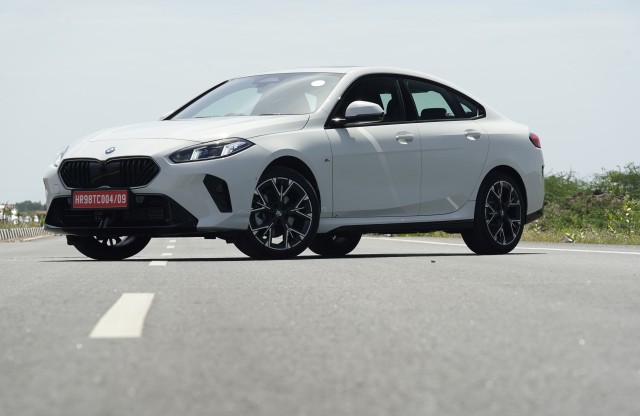
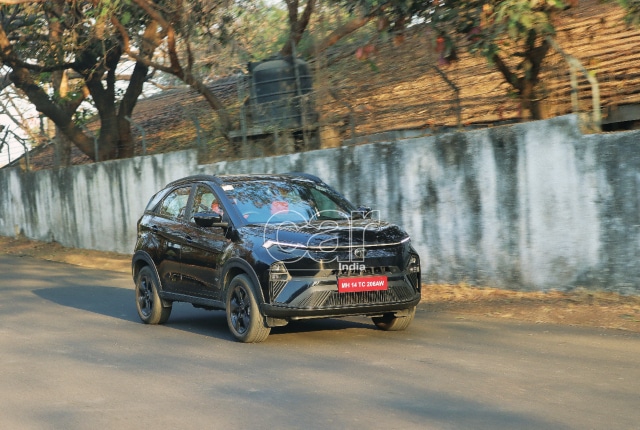

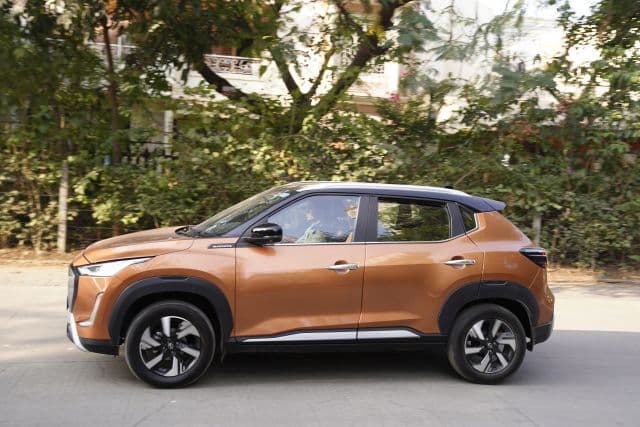
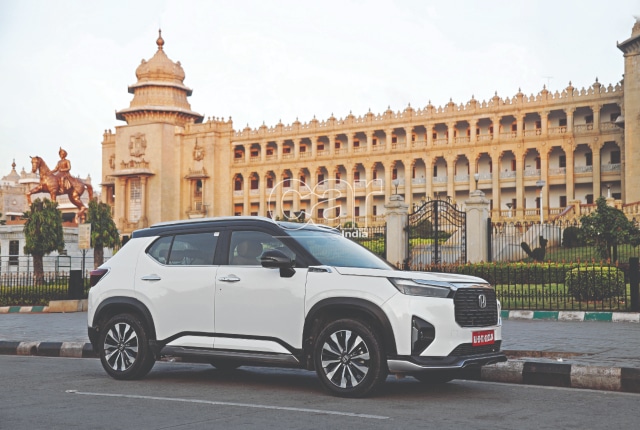
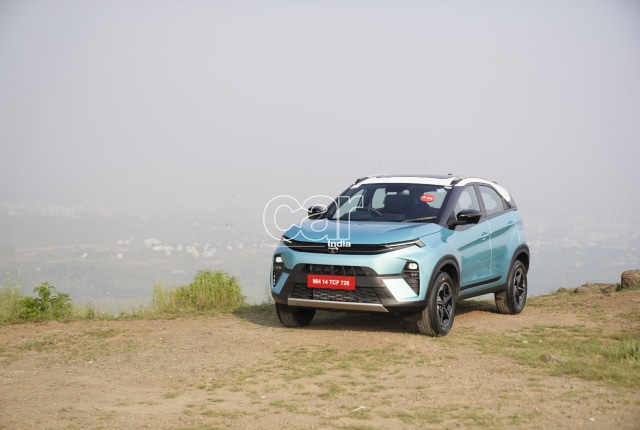
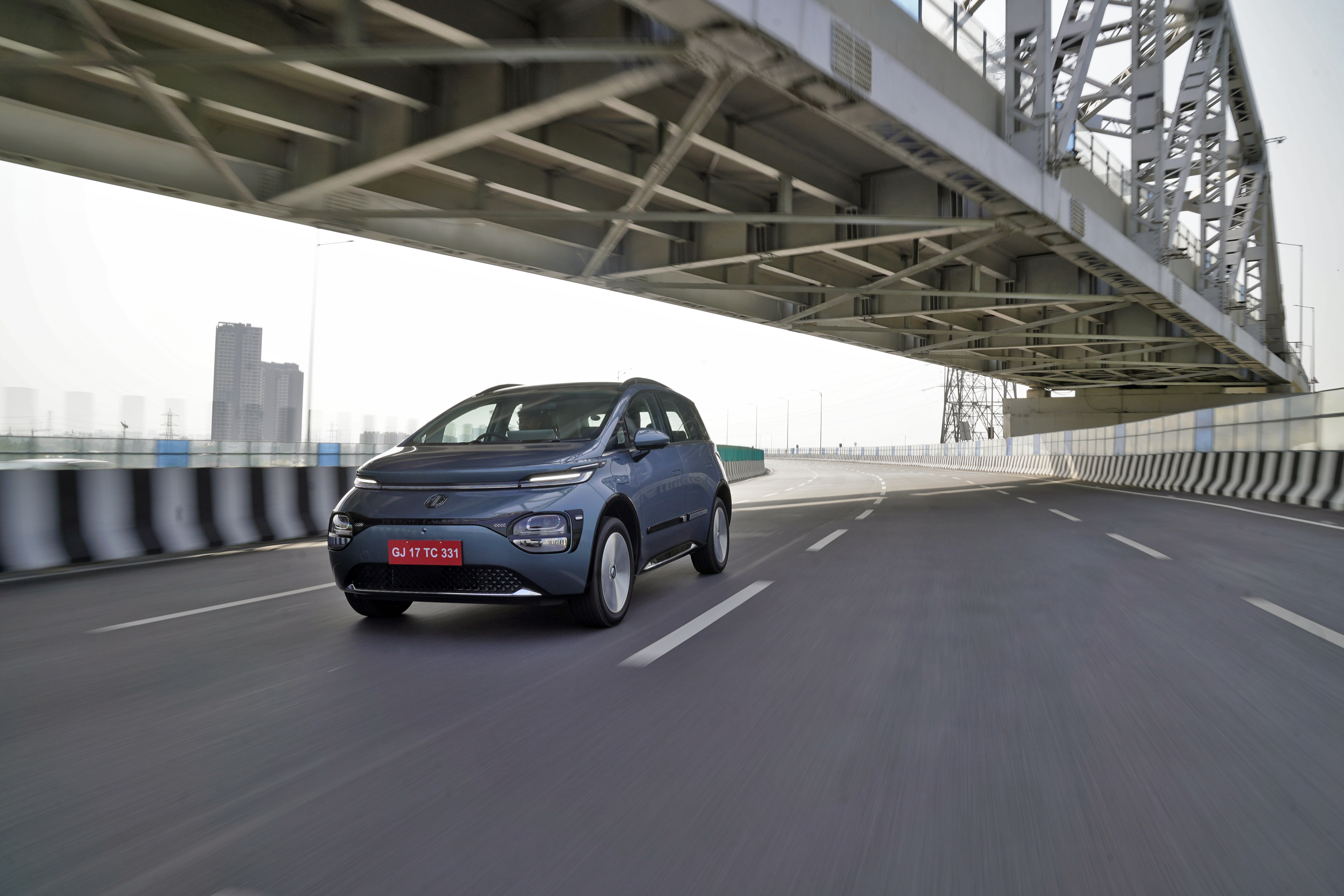
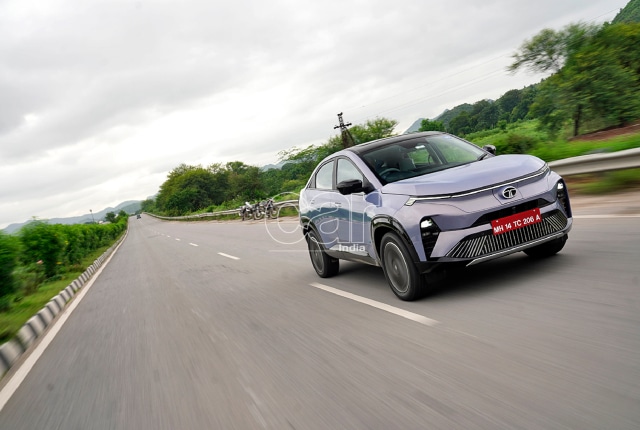
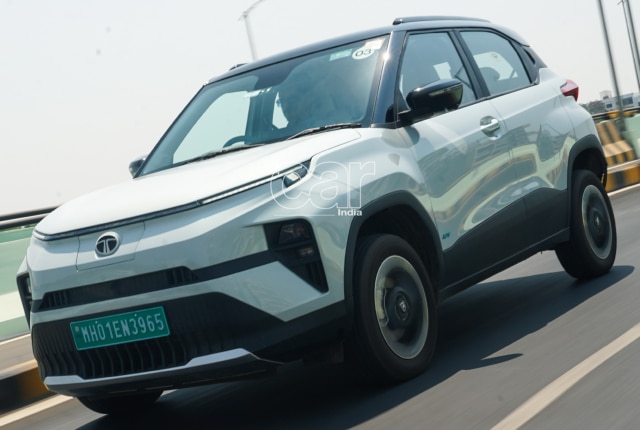




Leave a Reply